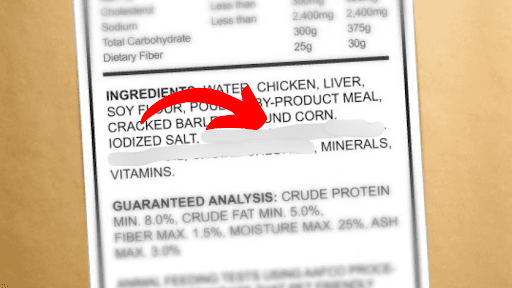Fat Burning: Unlock Metabolic Flexibility for Better Health! 🔥#weightloss #metabolism
Metabolic flexibility is a term that refers to the body’s ability to switch efficiently between different fuels. Primarily, this means transitioning between using glucose and fat to meet energy demands. This capability is crucial for maintaining stable energy levels and metabolic health.
The importance of burning fat lies not solely in weight loss, but in the body's overall ability to be metabolically flexible. Being able to alternate between burning glucose and fat implies that your body can adapt to different energy needs effectively.
To enhance metabolic flexibility and ensure your body can efficiently switch fuels, consider incorporating practices that promote fat usage. This adaptability may help stabilize energy levels, reducing the likelihood of sudden energy dips.
- Incorporate regular physical activity, emphasizing both aerobic and strength training exercises.
- Adapt your diet to include balanced nutrients that support both glucose and fat metabolism.
- Maintain a consistent meal schedule to train your metabolic responses effectively.
"People who are not very metabolically flexible...are hungry every two hours, they get what's called low blood sugar...they can get really shaky and nauseous."
From Around The Web
Wellness Inbox is a blog & weekly newsletter that curates trending news and products related to health and wellness from around the web. We also gather content from various sources, including leading health professionals, and deliver it directly to you.
Please note that we may receive compensation if you purchase any products featured in our newsletter. Wellness Inbox is not affiliated with, nor does it endorse, any health professionals whose content may appear in our newsletter. The information provided is for general informational purposes only and should not be considered medical advice.
The information provided is not intended to replace professional medical advice, diagnosis, or treatment. All content, including text, graphics, images, and information available is for general informational purposes only. We do not guarantee the accuracy or completeness of any information presented and assume no liability for any errors or omissions. The content is subject to change without notice. We encourage you to verify any information with other reliable sources and consult your physician regarding any medical conditions or treatments.







